When Sneezing Signals Trouble: A Guide to Pet Respiratory Issues
If you’ve ever paused mid-conversation because your dog let out a strange cough or your cat wheezed from across the room, you’re not alone. Unusual respiratory sounds can catch any pet owner off guard. While some noises are harmless, others can hint at serious health issues—and distinguishing between them can be difficult. At Carolina Virginia Animal Hospital, we’re here to help you understand what those sounds mean and when it’s time to take action.
Understanding Respiratory Sounds in Pets
What’s Normal?
A healthy pet breathes quietly and effortlessly. An occasional sneeze or soft snore during nap time isn’t usually a concern. But when these sounds become more frequent, louder, or accompanied by unusual symptoms, they could signal a problem. Learning the difference between normal and worrisome is key—and that’s where routine awareness makes all the difference.
What’s Not Normal?
If your pet is:
- Breathing faster than usual
- Struggling to breathe, or showing open-mouth breathing (especially in cats)
- Showing blue-tinged gums—a sign of poor oxygenation
These may be signs of respiratory distress. Breathing difficulties are medical emergencies. Read more: AAHA’s guide to Respiratory Distress in Pets.
Common Respiratory Sounds and What They Might Mean
Coughing
Coughs can be dry, hacking, or wet and productive. Potential causes include:
- Infectious diseases like kennel cough in dogs
- Heart disease—explore heart disease diagnosis for more
- Airway irritation or conditions like collapsed trachea in dogs
That “goose-honk” cough is especially common in small breeds dealing with tracheal collapse.
Sneezing
Occasional sneezes are usually harmless. But persistent or forceful sneezing may be due to:
- Irritants like dust, smoke, or pollen
- Feline upper respiratory infections
- Foreign objects in the nose or sinus issues from dental disease
Watch for nasal discharge, sneeze frequency, or facial rubbing.
Wheezing
A high-pitched whistle during breathing can signal narrowed airways, often seen with:
- Allergies—get tips at Purdue’s Allergy Tips for Small Animals
- Bronchitis
- Feline asthma
Cats suffering from asthma may exhibit open-mouth breathing or fatigue after play.
Reverse Sneezing
Reverse sneezing can appear like choking or gasping. It’s usually harmless, but if it’s persistent or severe, we’ll investigate underlying causes like nasal mites, foreign bodies, growths, or allergies- to name a few.
Snoring
Many pets snore, especially brachycephalic (short-nosed) breeds. However, loud or suddenly louder snoring—particularly with gasping or disrupted sleep—should prompt evaluation. Contributing factors often include obesity, nasal congestion, or structural obstructions.
Why Respiratory Sounds Matter
Unusual breathing noises often signal your pet’s body saying, “Something’s off.” If ignored, they can lead to:
- Chronic inflammation
- Pneumonia
- Heart failure
- Severe breathing distress
Monitoring your pet’s behavior and breathing helps us detect issues early and intervene faster.
How We Diagnose Respiratory Issues
When your pet comes in with respiratory symptoms, our diagnostic process may include:
- Physical exam: Listening to the lungs and heart
- Bloodwork: Checking for infections, inflammation, or heartworm infection
- X-rays: Visualizing chest, lungs, trachea
- Tracheal wash or rhinoscopy: Sampling the airway or nasal cavity
- Echocardiogram: If heart disease is suspected
These tools help us identify the root cause so we can treat effectively.
Treatment Options
Medical Management
Based on diagnosis, treatment may include:
- Antibiotics or antifungals for infections
- Bronchodilators or steroids for asthma or inflammation
- Heart medications for cardiac-related breathing issues
- Antihistamines for allergic reactions
- Oxygen therapy and IV fluids for severe cases
Surgical Interventions
In select cases, surgical treatment may be necessary:
- Removal of foreign bodies from nostrils or airways
- Tracheal stenting to support collapsed windpipes
- Corrective surgery for brachycephalic airway syndrome or laryngeal paralysis
Prevention and Home Care
Simple habits can help protect your pet’s respiratory health:
| Preventive Action | Benefit |
| Vaccinate regularly | Shields against diseases like kennel cough (AVMA/AAHA Preventive Guidelines) |
| Year-round parasite preventives | Helps avoid heartworm and lungworm infections |
| Reduce irritants | Avoid smoke, cleaners, and strong fragrances that can trigger issues |
| Maintain healthy weight | Reduces pressure on airways and supports easier breathing |
| Use humidifiers and air purifiers | Keeps indoor air clean and comfortable, especially during allergy seasons |
Additionally, regular wellness checkups, diagnostics, dental care, and preventive screenings or surgery contribute to overall respiratory and general health.
FAQs: Quick Answers for Concerned Pet Owners
Q: Is kennel cough serious?
Usually mild—but can worsen in puppies or older dogs. Veterinary evaluation is recommended if symptoms persist.
Q: Can snoring signal a health problem?
Yes. While common in some breeds, loud or changed snoring could indicate airway obstruction or obesity.
Q: Are allergies a common cause of respiratory symptoms?
Yes. Environmental allergens frequently trigger sneezing, coughing, or wheezing. Reducing triggers can help.
Q: Existential question: is reverse sneezing dangerous?
Typically not—but if it becomes frequent or causes distress, medical evaluation is warranted.
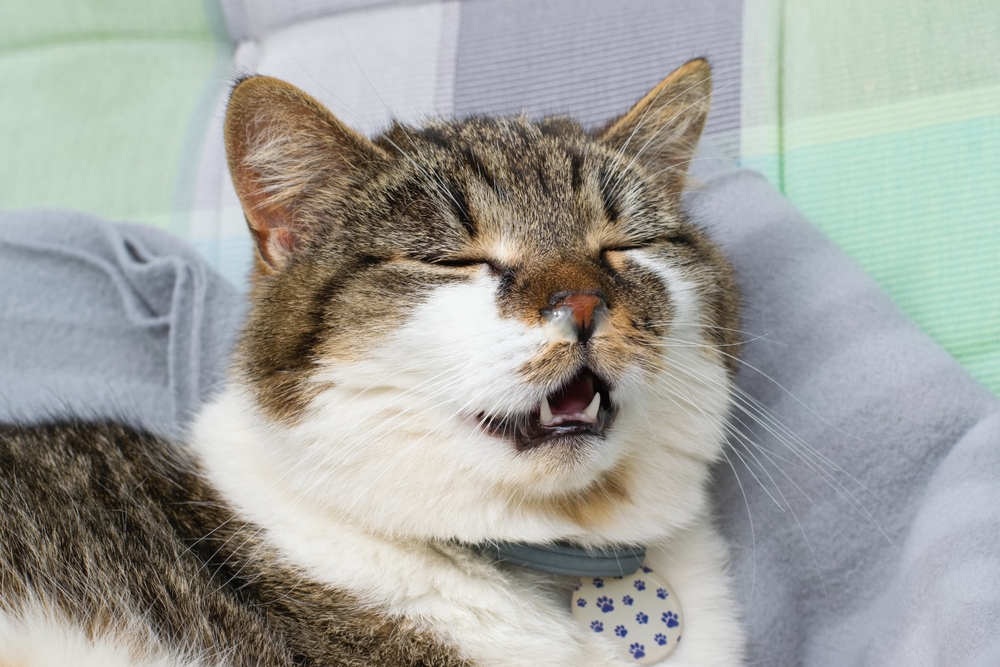
Your Partner in Pet Health
At Carolina Virginia Animal Hospital, we know how alarming it can be to hear unusual sounds from your pet’s lungs or throat. Whether it’s a persistent cough, wheezing, sneezing, or snoring, we’re here to help you get to the bottom of it with compassion and expertise.
If you’re noticing changes in your pet’s breathing, coughing, or energy levels, please contact us to schedule a respiratory evaluation. We’re dedicated to helping your pet—and your family—breathe easier.

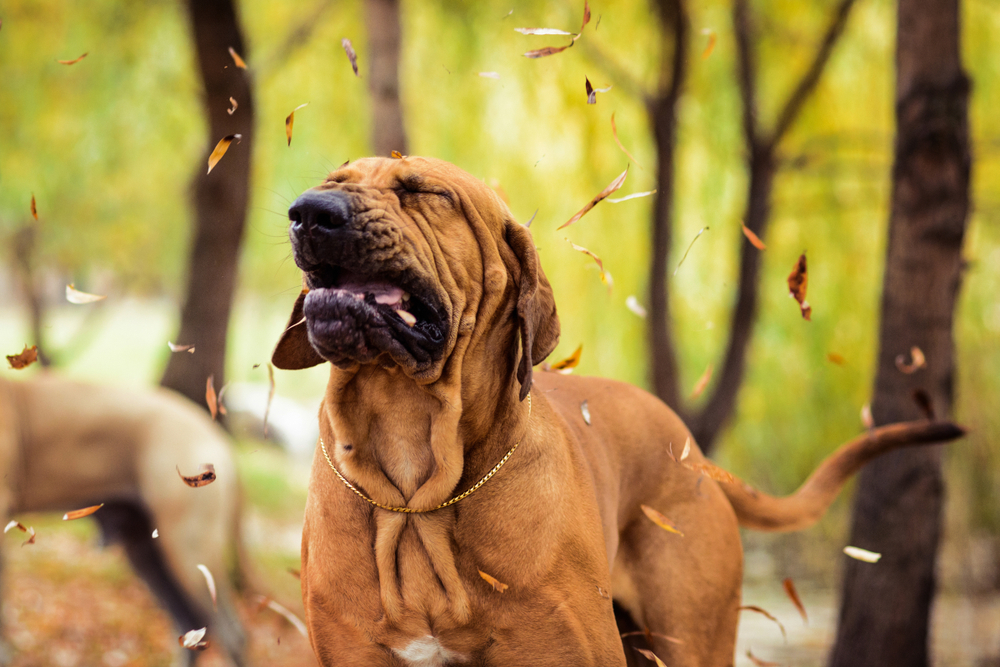
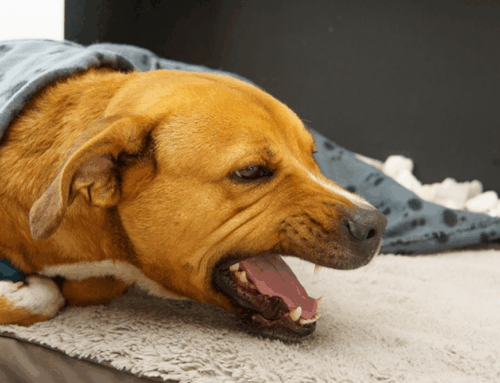
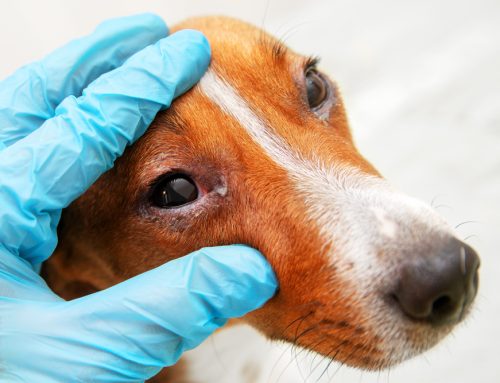
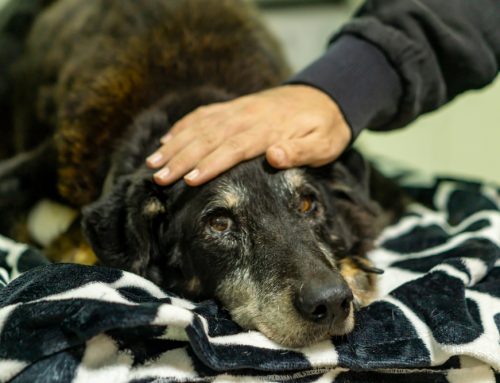
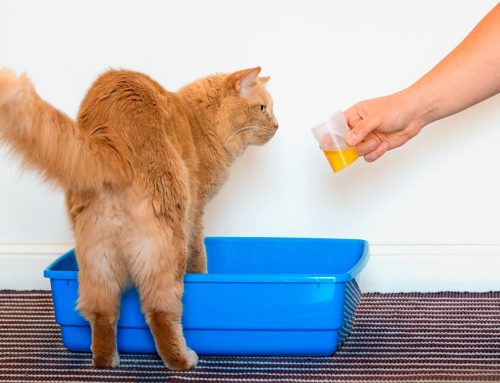

Leave A Comment